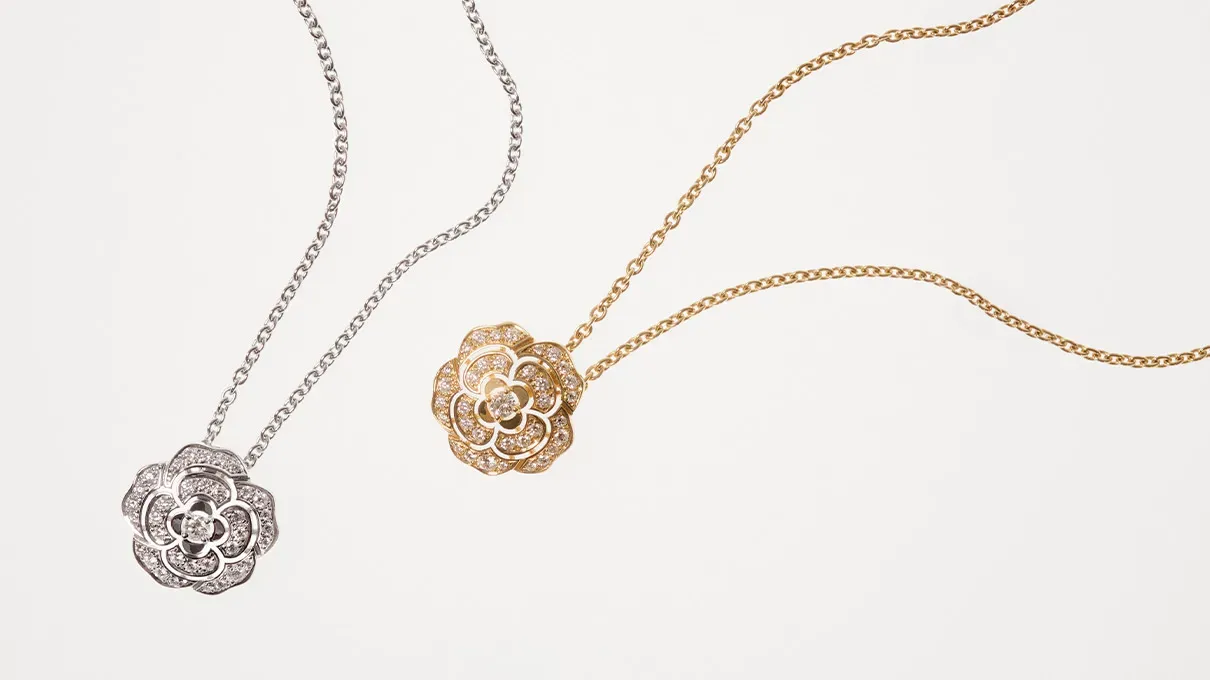When Coco Chanel introduced costume jewelry, she was considered both radical and innovative for mixing high-end items with lower-priced brands.
“Costume jewelry isn’t made to provoke desire, just astonishment at most. It must remain an ornament and an amusement,” remarked Gabrielle “Coco” Chanel.
The first time Gabrielle Chanel collaborated with costume jewelers was in the 1920s when she developed her unconventional designs. Until Coco Chanel tapped into the untapped potential of costume jewelry, costume accessories were considered faux pas, thought of as something only for women who could not afford the real thing. Coco Chanel embraced her radical design ideas, finding a provocative delight in mixing precious with faux materials despite the status quo. With her costume jewelry designs, Coco Chanel embraced unabashed opulence, a departure from the understated elegance of Chanel ready-to-wear. Her expressive and playful design combinations awed the fashion world with necklaces, sautoirs made of faux pearls, and an unprecedented number of brooches and cuff bracelets. Incorporating a sense of ‘costume’ into costume jewelry, Coco’s designs were the perfect finishing touch to a glamorous look.
Master Collaboration and the Maltese Cross
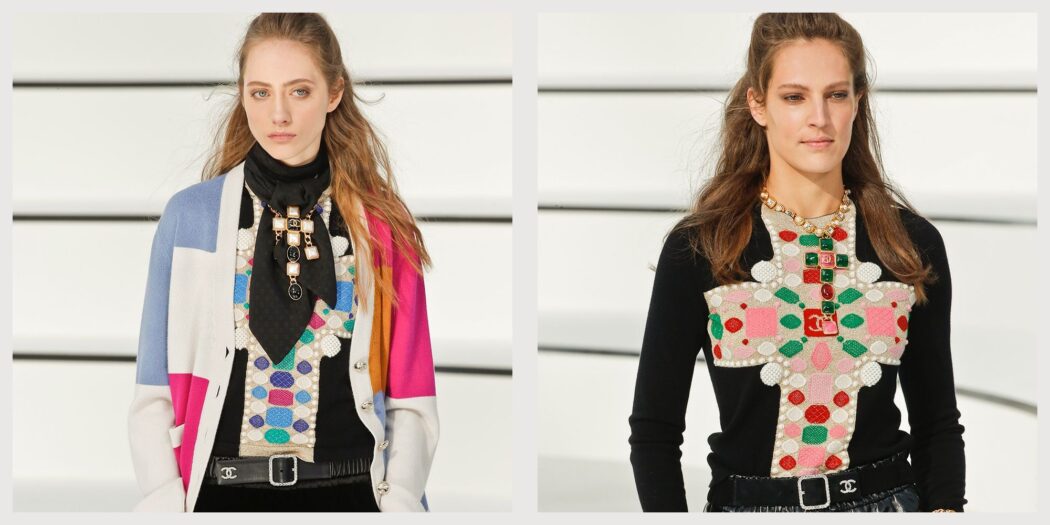
Coco Chanel was an avid collaborator, constantly seeking inspiration from the world around her, despite her iconic individuality. In addition to collaborating with friends, Coco Chanel sought out unique collaborators to maximize the impact and allure of her jewelry creations. Her chic, bohemian friends influenced Coco’s jewelry designs directly. In addition to using friends as muses, Coco Chanel sought out unique collaborators to enhance her jewelry designs. In 1933, Chanel and Duke Fulco di Verdura became close, yet their friendship remains largely unknown. As a Sicilian aristocrat and jet-setting playboy, Verdura was an unlikely partner for Coco Chanel, a self-made businesswoman. Verdura also helped Coco shape her abundant collection of jewels. Much of Coco’s collection was the accumulation of gifts she received from her various lovers, including Russian Grand Duke Dimitri and the Duke of Westminster. A jewel and bouquet would be a gift from the Duke of Westminster to Coco Chanel every week, according to fashion lore. The unexpected led to revolution, as Verdura would play a major role in shaping Chanel’s jewelry legacy. In their shared love of Baroque and organic, unbridled shapes, Verdura and Chanel ignored sophisticated taste criteria. This collaboration resulted in the iconic Maltese cross, influenced heavily by Verdura’s Mediterranean heritage. The Chanel Maltese cross brooches were immediately purchased by fashion icon and editor Diana Vreeland and became one of the most sought-after jewelry designs ever. A glass pearl dubbed Gripoix Glass was created soon after by French jewelry designer Suzanne Gripoix for the House of Chanel. Coco’s childhood in the convent was captured in Gripoix’s designs, notably through her arrangement of the Maltese cross-like stained-glass windows in a church. When Robert Goossens became the chief designer of Chanel jewelry in 1954, he reinterpreted Chanel’s signature crosses in rock crystals, further reinterpreting them. Coco Chanel’s timeless jewelry designs and inspired collaborations incorporated symbols of antiquity into her philosophy of Modernism.
Chanel Brooch
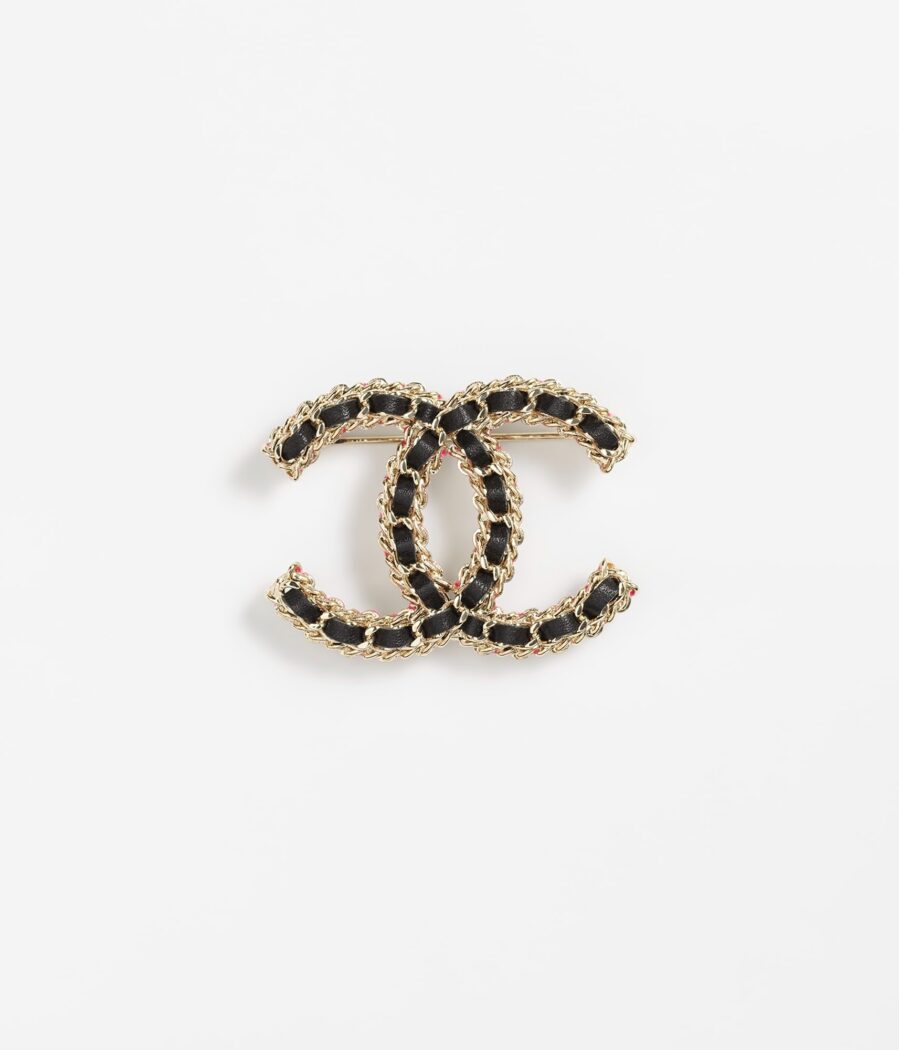
Whether it’s a tweed camellia or enamel CC or a Maltese Cross, the brooch – in all its variations – is a true icon of Chanel jewelry. A Chanel brooch, whether worn on a tweed jacket or a 2.55 Flap Bag, elevates any outfit with its tasteful elegance. A Chanel brooch placed just right can change a dress’ silhouette and contours, cleverly designed by Coco herself. In 1954, when Coco Chanel returned to Paris and opened a store on Rue Cambon, the iconic sautoirs, earrings, and camellia brooches emerged. Each garment featured costume bijouterie, despite the location’s reputation for haute couture. The Chanel brooch remains a timeless piece that belongs in every woman’s jewelry collection nearly eight decades later.
Chanel Bracelet
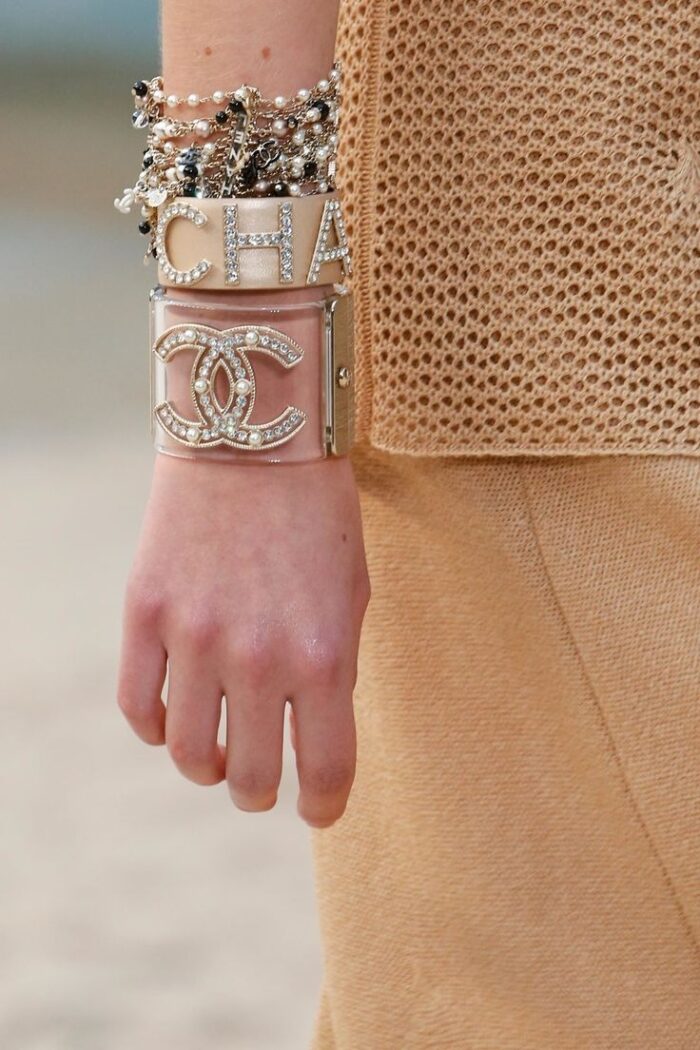
Fulco di Verdura had a unique impact on Chanel jewelry design, as discussed above. Verdura was most famous for designing Chanel’s first silver cuff bracelet, embellished with a Maltese cross crafted from multicolored stones mounted on enamel. This Chanel bracelet was designed to replace a traditional shirt cuff in a thoughtful reimagining of classic garments. On the resale market, the Chanel Maltese Cross cuffs are among the most sought-after pieces due to their historical significance and aesthetically compelling design. In addition to stacking multiple mismatched cuffs on her wrists, Coco Chanel adored these bracelets and wore them constantly. Of all Chanel bracelets ever crafted, the cuff remains an unmistakable icon that continues to be reinterpreted and modernized.
Chanel Necklace
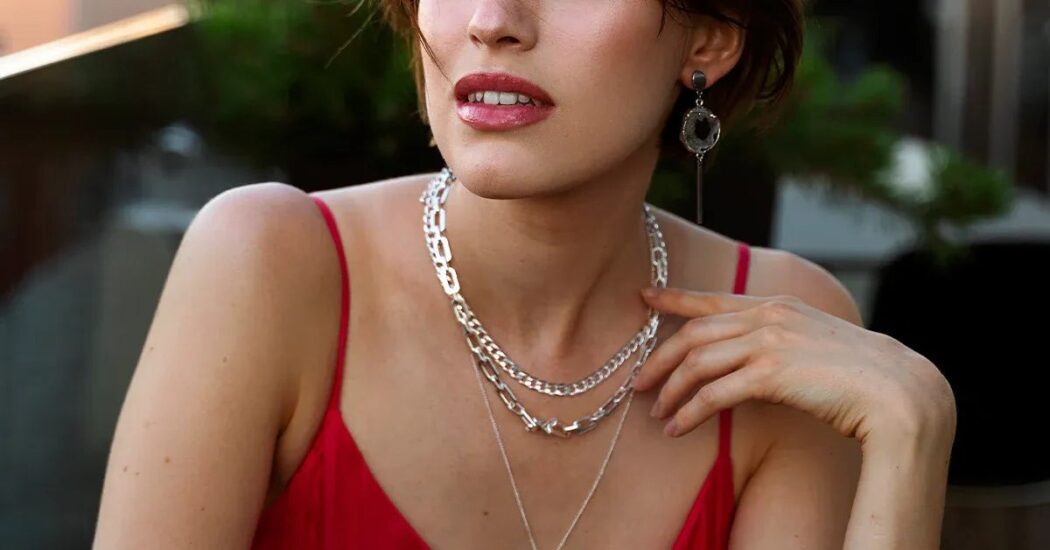
“Go and fetch my pearls. I will not go up to the atelier until I have my pearls,” Coco Chanel said passionately.
No piece of jewelry is more directly linked to Coco Chanel’s image than the opulent layering of pearl ropes. Her minimalist style was perfectly accented by pearls, even for the most casual occasions. It was the idea of designing faux pearls that inspired Chanel to launch a costume jewelry line. It was soon realized that the pearl Chanel necklace would become as iconic as the little black dress. But it was Robert Goossens who diversified Chanel’s necklace design. In the 1960s, Chanel and Goossens designed necklaces that were adorned with beads, pearls, and flowers. A Chanel necklace can be styled in endless ways and is highly sought after by today’s it-girls.
Chanel Earrings
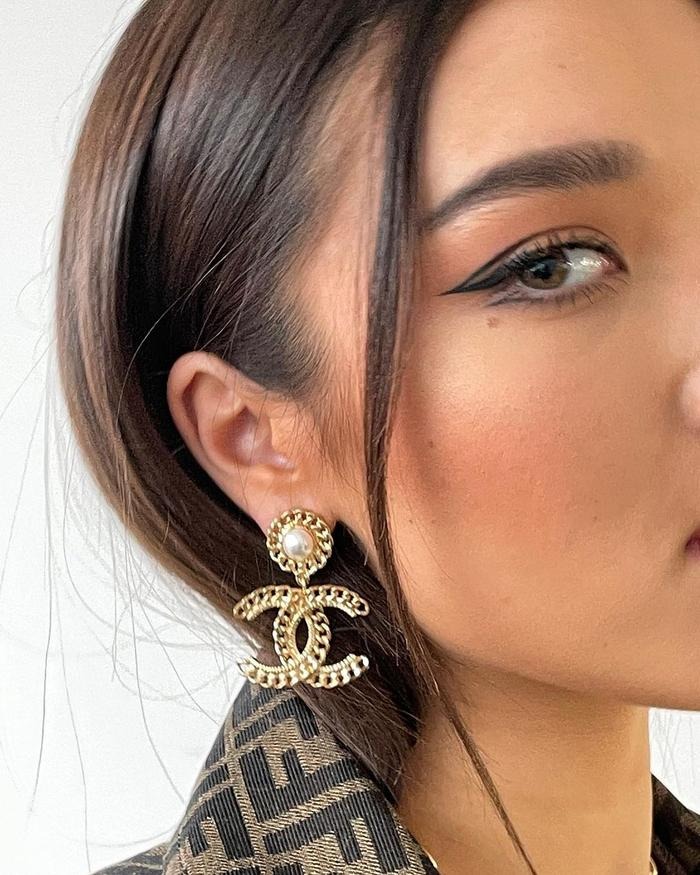
In addition to the baroque-inspired nest clip-on and Pearl CC Drops, Chanel earrings are coveted by vintage hunters. Often paired with matching rings and cuff bracelets, Chanel earrings add the perfect finishing touch to any outfit. Interestingly, Chanel introduced pierced earring designs only in the 2000s, even though earrings began to become more prominent in Chanel costume jewelry collections in the 1990s. It is no accident that most vintage Chanel earrings are variations of clip-on. Chanel costume jewelry, including iconic oversized statement earrings, is recognized for its visual interest and contrast.


